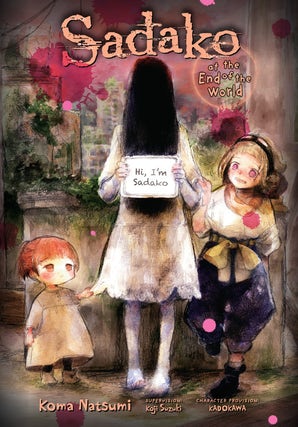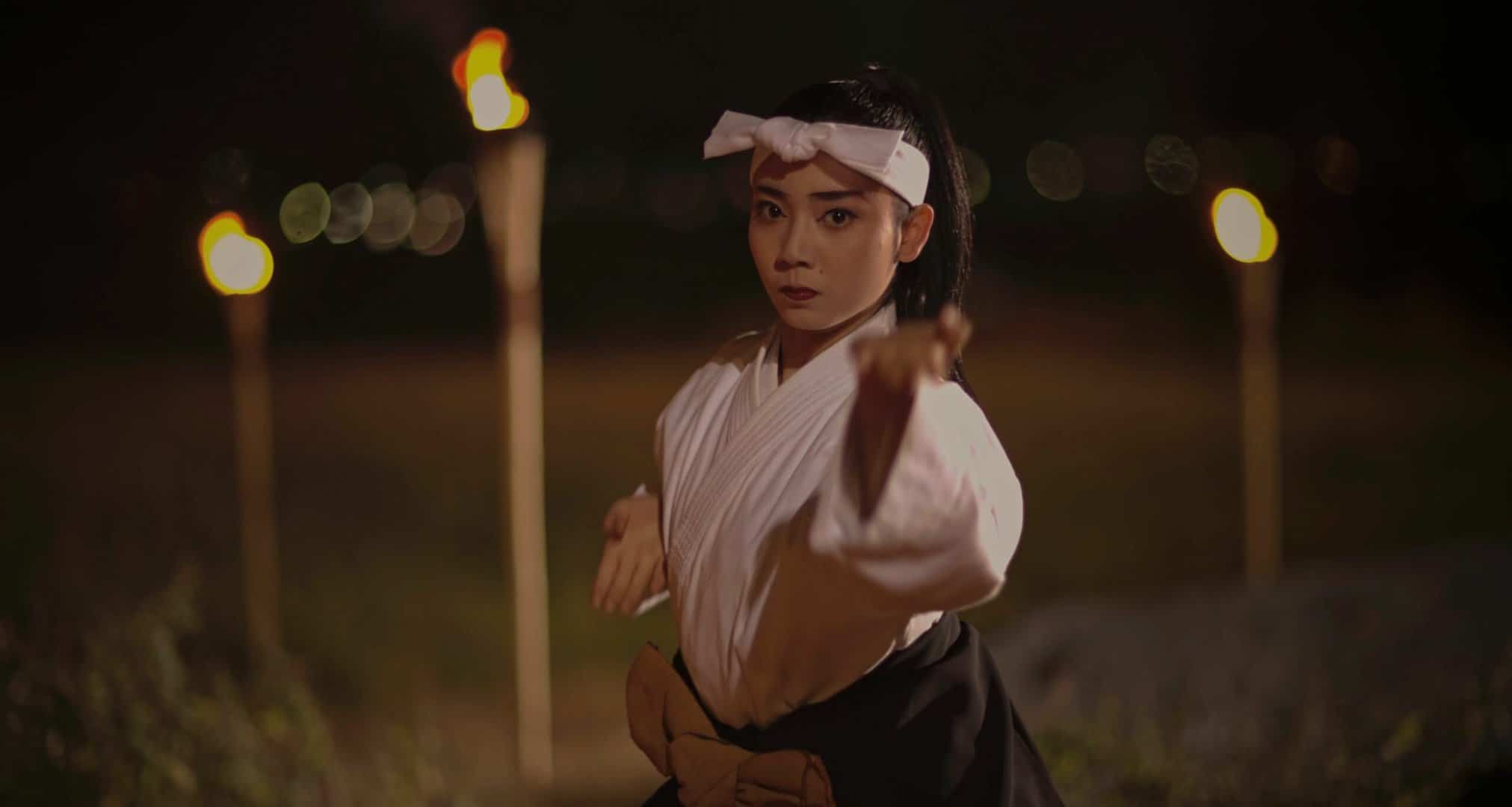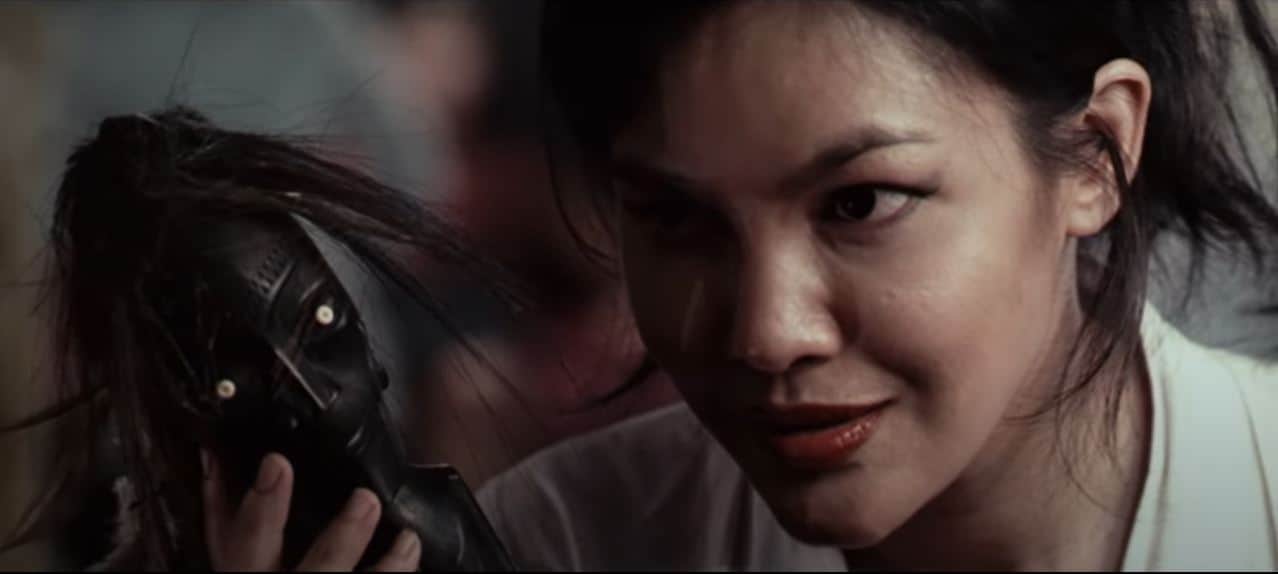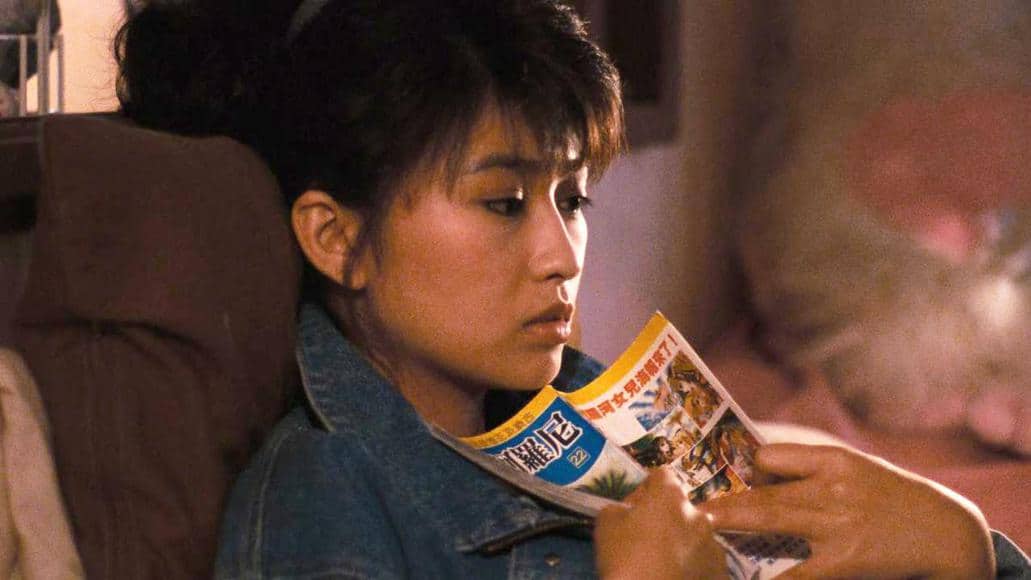The world has ended, leaving a few lone survivors to travel the world to look for food and shelter. Among the few is two young girls who stumble on a video store and play the infamous video that summons forth Sadako, one of the most recognizable figures of J-horror cinema. However, a childlike innocence and the need for companionship makes the kids see the figure as a friend instead of a malicious entity. Consequently, Sadako begins to struggle with the realization that if she fulfills her curse she may disappear with the last remnants of humanity. Together, the three embark on a journey through the wasteland, with the kids looking for kindness and Sadako looking for victims.
Buy This Title
Taking a beloved property within the horror realm and drastically shifting tone can, understandably, upset a fan base built on horror, even if the quality of films has varied since the first “Ringu” film varies. “Sadako At The End of The World”, while being supervised by the creator Koji Suzuki, take on a ‘kawaii' version of the creation that sees her show a degree of empathy, albeit still driven by a desire to fulfill her curse. While the premise alone may dissuade readers, there is a lot to enjoy within this stand alone release.
With this being the first work of Koma Natsumi translated to English, and her only credited work on My Anime List, her visual approach is lush and expressive. In addition, as an artist, Natsumi is able to handle both the cute and macabre elements of the work, making it an ideal fit for the work. Overall, “Sadako at The End of the World” capture both ‘kawaii' aesthetics and macabre visions of Sadako with a gleeful playfulness that resonates through the entire release.
The story is a bit basic, given the relatively short story and the premise repeated in each chapter; the crew meet someone to learn a lesson about humanity and Sadako weighs the pros and cons of killing people. That is not to say that the repetition is without charm, as it does further the relationship between Sadako and her travelling companions, and each chance meeting also highlights the humor behind the absurd situation. A good example, and personal favorite, is the meeting with a hair dresser who attempts to tame the hair of Sadako while reflecting on an old urban legend about a haunted video tape. It may be silly and simplistic, but for a more casual reading experience and some lighthearted humor, the narrative works wonderfully.

Released by Yen Press, the publication has been building up a solid repertoire of horror and horror-lite titles from the outlandish “Shibuya Goldfish” to the more dark fantasy titles like “Toilet Bound Hanako-kun”. While “Sadako at the End of the World” is a stand alone release, the title continues to show the publication's commitment to fill a nice little niche in the horror genre, offering a nice reprise from the more psychological disturbing works the likes of Junji Ito (“No Longer Human“, “Uzumaki“) or Shintaro Kago (“Princess of the Never Ending Castle“). Consequently, Yen Press has become my go to for lighter horror series to provide spooky entertainment between the more mature content I favor.
While “Sadako at the End of the World” is on the silly side of horror and short in length, it still offers up a fun experience with the iconic Sadako. A strong visual presence and some well timed humor makes this a rather adorable release that would fit well with fans of different genres. Don't hesitate to give this one a shot, there is value in allowing oneself to get caught up in a playful and a cute rendition of the horror icon.
















